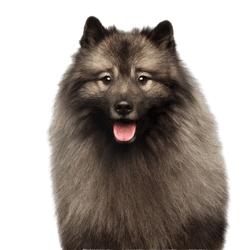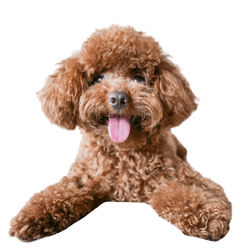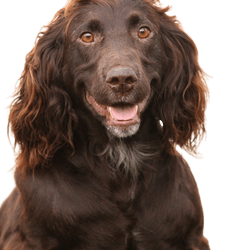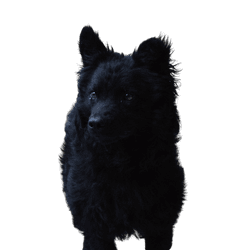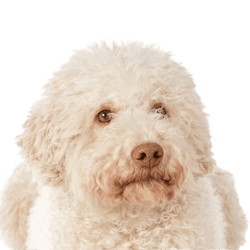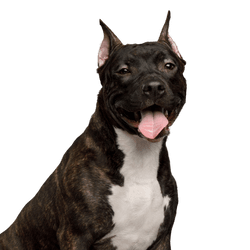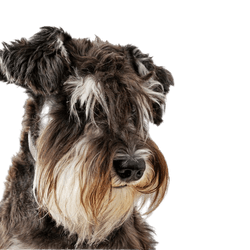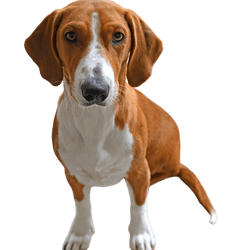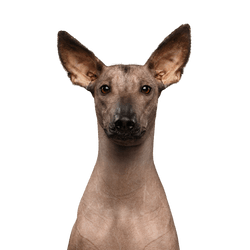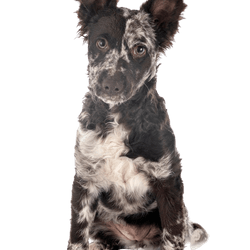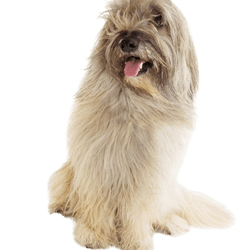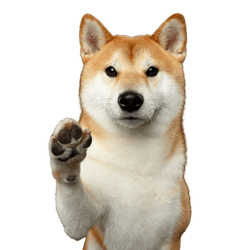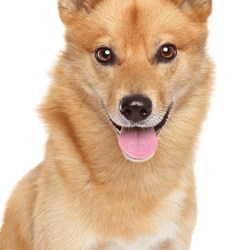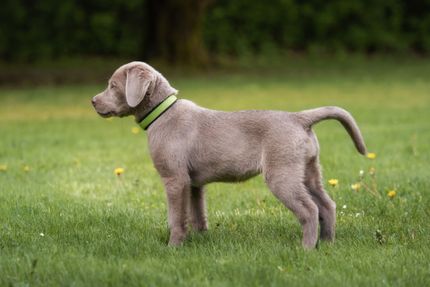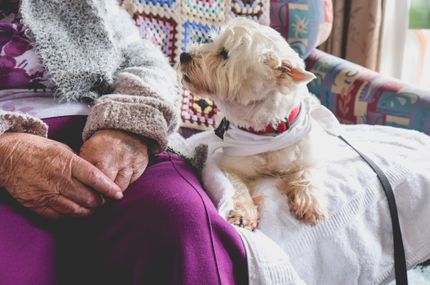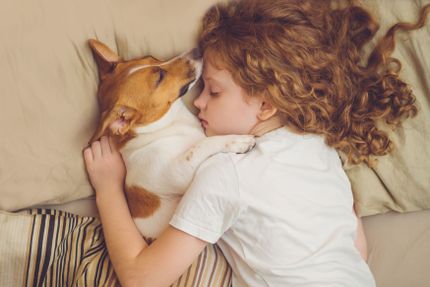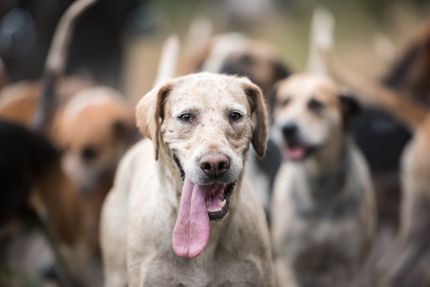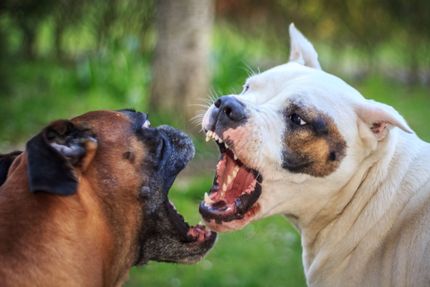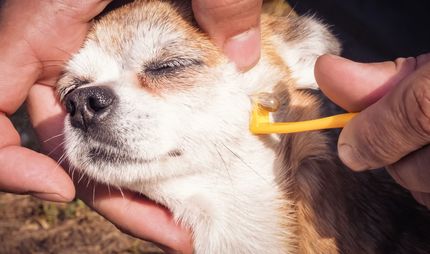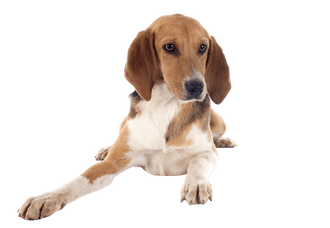
Harrier Breed description: Character & Co
Harrier
Facts & Origin
Harrier ancestry and origin
The Harrier's ancestors were probably brought to the British Isles by the Normans as French hounds. It is highly probable that the Harrier is the oldest hare hunting hound breed in Great Britain. This assumption is based on the fact that the French as well as the English word Hare, translated means hare. Harrier could be a shortened form of the English term Hare-Hound, which means hare-dog. With what the conclusion suggests itself that this British dog breed was bred there originally for the hare hunt. Although they are still partly used for hare and fox hunting today, Harrier packs are becoming fewer and fewer. In England, pack hunting has been banned since 2006, but is still allowed in Northern Ireland. As a family dog, however, the Harrier is becoming increasingly popular.
Breed characteristics and temperament
The Harrier is a breed recognized by the FCI. Its breed standard is listed in FCI Group 6 (Running Dogs, Welding Dogs and Allied Breeds), Section 1.2 (Medium-sized Running Dogs), Standard No. 295, with working test.
Things to know
Over the centuries, several different types of Harriers have been bred. The best known are the white and orange Somerset and the West County Harrier. If you want to buy a Harrier, it is best to contact the VDH. There you will get addresses of clubs and breeders who are dedicated to Harrier breeding. Harriers are not hypoallergenic. Allergy sufferers should consider this before buying a Harrier.
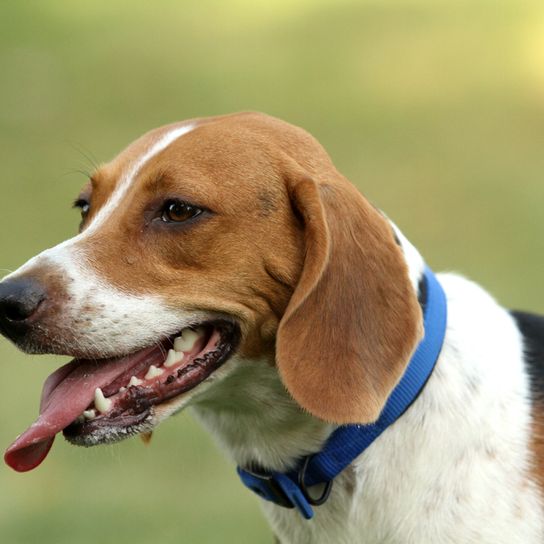
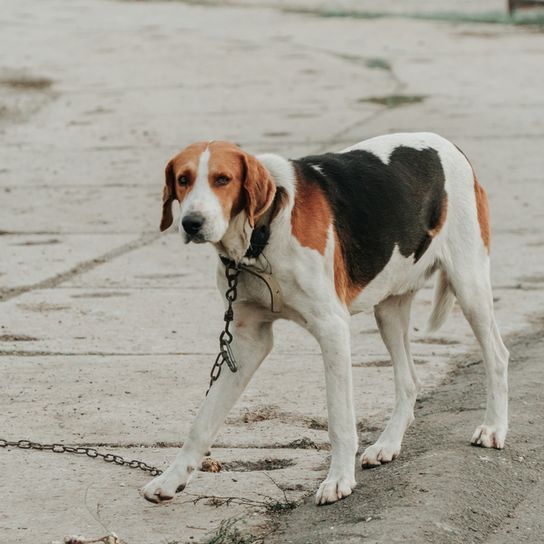
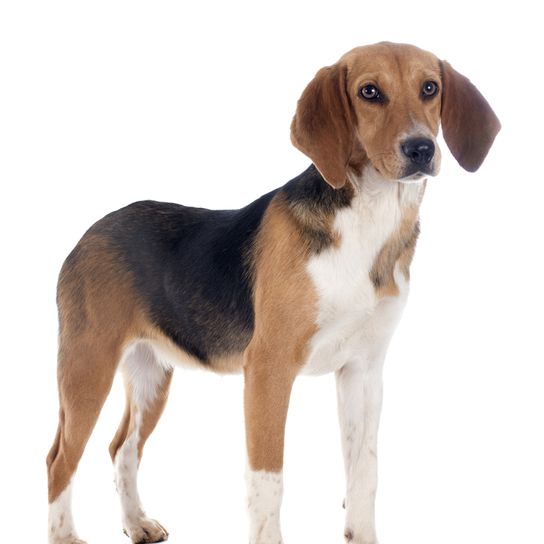

| Alternate Name | - |
| Origin | UK |
| Life expectancy | 9 - 15 years |
| Care requirements | low-maintenance |
| Activity level | average |
| FCI group | Scent hounds |
| AKC group | Hound Group |
| KC group | Hound Group |
Attitude, character and temperament of the breed
Attitude and upbringing
In his typical function as a pack dog he does not build up a relationship with humans. In his function as a family dog he integrates very well and proves to be an affectionate, loyal member of the family, but then he needs a lot of attention and especially extensive exercise. As a city dog it is less suitable. If it is, a larger garden where he can let off steam is recommended. In addition, daily longer walks are a must. In areas with game, it should be leashed, otherwise his innate hunting instinct will take over. The breed is considered headstrong and independent and has good assertiveness, so the dogs need consistent but gentle training. Socialization as early as possible and clear rules may help to bring the hunting instinct somewhat under control as well.
Harriers have a gentle, peaceful, calm even-tempered nature. They are very intelligent, curious and eager to learn dogs. As typical running dogs, they also have great stamina and love to move. The dogs are sociable by nature and get along well with other dogs. They are alert but not aggressive.
Character
Usage

Health and breeding information
Care and nutrition
As far as coat care is concerned, the Harrier is largely undemanding. However, occasional brushing is good for him and pleases the dog. The floppy ears require regular inspection and must be cleaned when necessary, as they are prone to inflammation. The dog does not make great demands on its diet either. However, the food should contain a high proportion of meat and all the important nutrients. There is nothing wrong with small treats in between.
How about the Health and life expectancy of a Harrier dog?
Overall, the Harrier is considered a robust dog that is not very susceptible to disease. Possible diseases, such as
- Hound ataxia: neurological disease of the spinal cord
- Herniated disc
- Hypothyroidism: underactive thyroid gland
- Eye disease
can be almost excluded by breeding selection. The average life expectancy of the dogs is 9 to 15 years.


Breed characteristics and appearance of the Harrier dog from the UK.
Harriers have a muscular, strong and stocky build. They reach a height at withers of 38-55 cm and a weight of 22-27 kg. The dogs have a smooth, close-fitting coat. As coat colours all shades from black to orange are permitted, but usually on a white ground. The v-shaped flat ears are pendulous. The tail is carried erect.
| Fur length | short |
| Fur | flat coated |
| Ear shape | Floppy Ear |
| Tail | lang |
| Anatomy | slim, dainty, sporty |
| Size ♀ | 38 - 55 cm |
| Weight ♀ | 22 - 27 kg |
| Size ♂ | 38 - 55 cm |
| Weight ♂ | 22 - 27 kg |
| Suitable For | - |
Colors
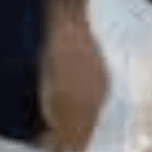
Known Diseases
Ataxia
Ataxia (from Greek ἀταξία ataxia 'disorder' 'irregularity') is a generic term in medicine for various disorders of movement coordination. Ataxia can occur even when there is no paralysis (paresis), that is, when there is normal muscle strength.
Eye diseases
Often occur with allergies and intolerances.
Disc problems
Herniated disc in dogs (discopathy). Herniated discs or dachshund paralysis cause dogs severe pain.
Hypothyroidism
Most often, dogs get sick in middle age. Causes of hypothyroidism. Several causes of hypothyroidism are known.
Other medium dogs
Useful Articles
You can find articles that might interest you in the dogbible blog to match your favorite breed.
Visit our magazineto stay up to date on dog trends.
To find out more, view our Privacy Policy
Find here the breed that suits you and find out what character traits it has. Here you can also learn more about the origin, size and weight of your favorite breeds.
Matching your favorite breed, you'll find articles that might interest you on the dogbible dog blog.
Blue Doberman Syndrome - Symptoms, Causes, Diagnosis
Putting a dog to sleep - The sad process, costs and reasons for euthanasia.
8 activities in Austria for dogs in winter
5 tips for the trick "give paw" - so you learn it to your dog
